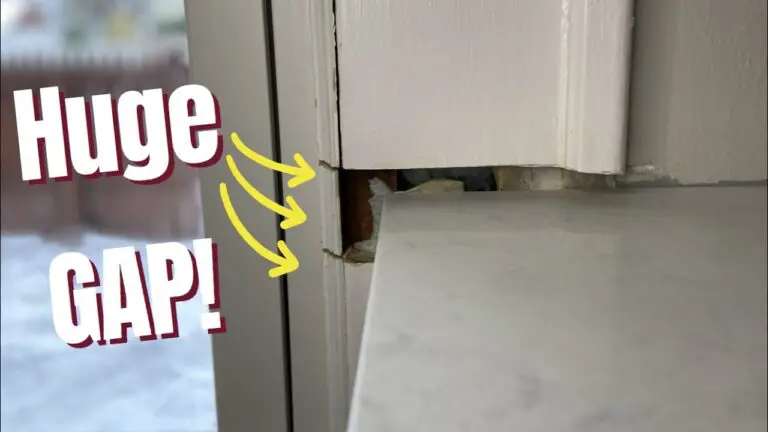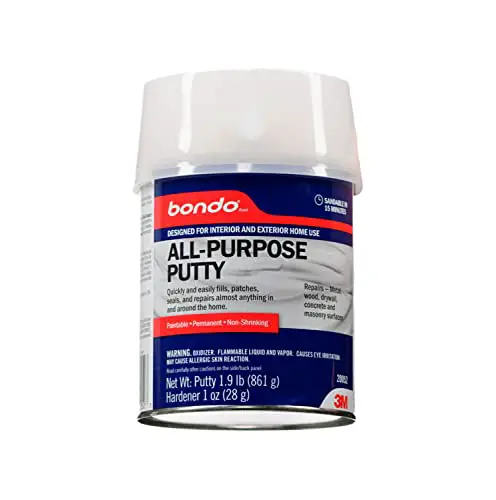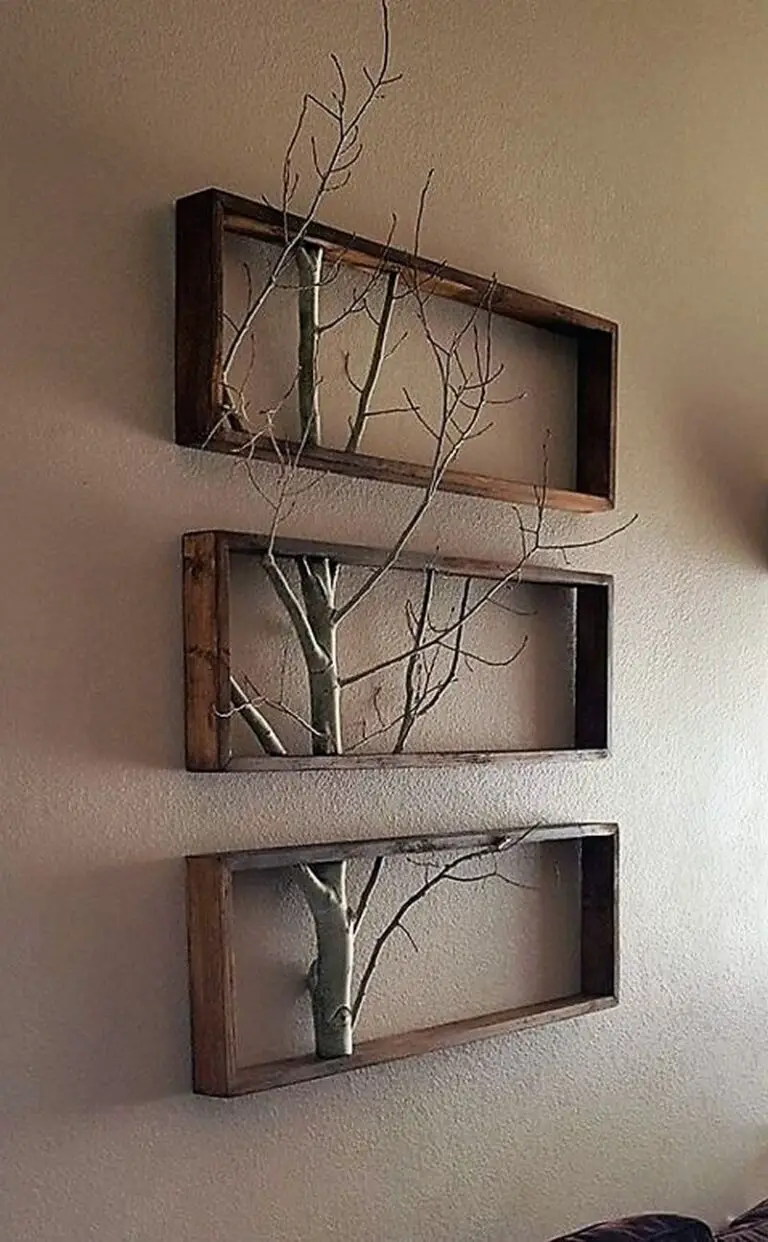What is the Difference between Refinishing And Resurfacing Wood Floors : Comprehensive Guide for Homeowners
Wood floors add beauty and warmth to any home, but over time, they can start to show wear and tear. When this happens, you may consider refinishing or resurfacing your wood floors to restore their original luster. While these terms are often used interchangeably, there are distinct differences between the two processes.
Refinishing Wood Floors
Refinishing a wood floor involves sanding down the existing finish to the bare wood and then applying a new stain and finish. This process is ideal for floors with deep scratches, extensive wear, or water damage. Refinishing can also change the color of the floor, allowing you to update the look of your space without replacing the entire floor.
Here are some key points to consider when refinishing wood floors:
- Sanding: The process of refinishing involves sanding the wood to remove the old finish and imperfections, revealing a fresh surface.
- Staining: After sanding, you have the option to apply a new stain to change the color of the wood to your desired shade.
- Sealing: Once the stain is dry, the floor is sealed with a protective topcoat to enhance durability and provide a glossy or matte finish.
Resurfacing Wood Floors
Resurfacing, on the other hand, is a less invasive process that involves applying a new layer of finish over the existing floor. This method is suitable for floors with minor surface imperfections and light wear. It provides a quick and cost-effective way to freshen up the appearance of your wood floors without the need for extensive sanding.
Here are some key points to consider when resurfacing wood floors:
- Cleaning and Preparing: The floor is thoroughly cleaned and prepared to ensure proper adhesion of the new finish.
- Application: A new coat of finish is applied to the clean, prepared surface, revitalizing the appearance of the wood.
- Drying and Curing: The new finish is allowed to dry and cure, creating a protective layer over the existing floor.

Credit: homeguide.com
Choosing the Right Option
When deciding between refinishing and resurfacing your wood floors, it’s essential to assess the condition of the floor and your desired outcome. If your floor has deep scratches, extensive wear, or water damage, refinishing is likely the best solution to restore its beauty. However, if your floor only has minor surface imperfections and light wear, resurfacing can provide a quick and effective refresh.
It’s also worth considering the overall cost and downtime associated with each option. Refinishing typically requires more time and labor, resulting in higher costs and longer periods of inconvenience due to dust and odors from the staining and sealing process. Resurfacing, on the other hand, is often quicker, more affordable, and produces minimal disruption to your daily routine.
Frequently Asked Questions Of What Is The Difference Between Refinishing And Resurfacing Wood Floors : Comprehensive Guide For Homeowners
What Are The Benefits Of Refinishing Wood Floors?
Refinishing wood floors can restore their natural beauty, remove scratches, and protect the wood from wear and tear.
How Long Does It Take To Refinish Wood Floors?
The duration of refinishing wood floors depends on the size of the area and the type of finish, but it typically takes a few days to a week.
Is Resurfacing Wood Floors Less Expensive Than Refinishing?
Resurfacing wood floors is often less expensive than refinishing, as it involves sanding the top layer to remove imperfections and applying a new finish.
Can I Refinish Or Resurface Wood Floors Myself?
Refinishing or resurfacing wood floors is a labor-intensive process requiring specialized tools and expertise, often best left to professionals for optimal results.
Conclusion
In conclusion, both refinishing and resurfacing are effective methods for renewing the look of your wood floors. Refinishing involves sanding down to bare wood, staining, and sealing, making it suitable for more extensive floor restoration. Resurfacing, on the other hand, provides a simpler and less costly way to revitalize the appearance of your floors. By understanding the differences between these two processes, you can make an informed decision on the best approach to take based on the condition of your wood floors and your budget.





